.JPG)
First stop in Oregon: Biggs, where the 18-wheelers outnumber the population. The constant growl of gears and brakes seemingly echoed off the nearby basalt cliffs.
But it was the end of the day when I got there. I slept well and rolled out the next morning in anticipation of the day's sights.
I wasn't disappointed.
.JPG)
.JPG)
.JPG)
.JPG)
.JPG)
.JPG)




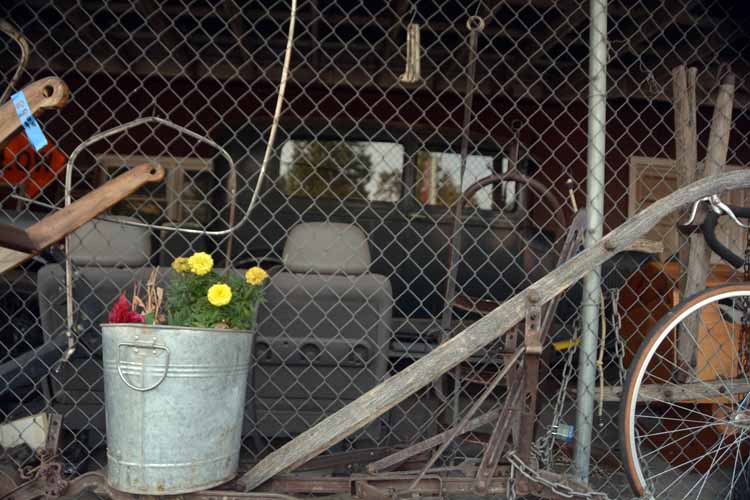
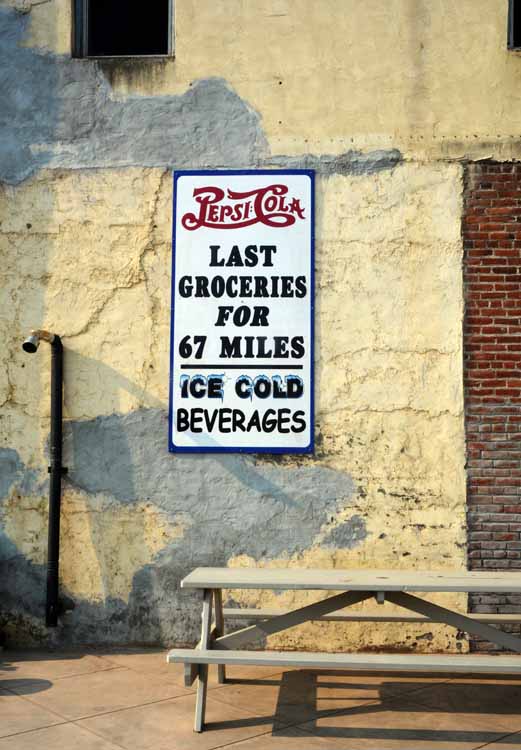

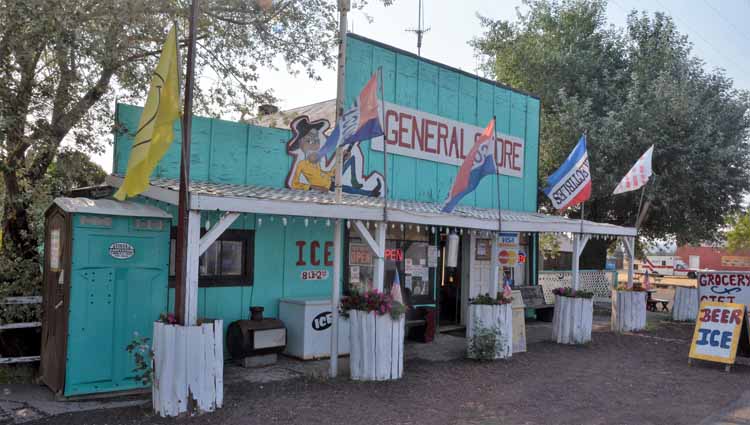
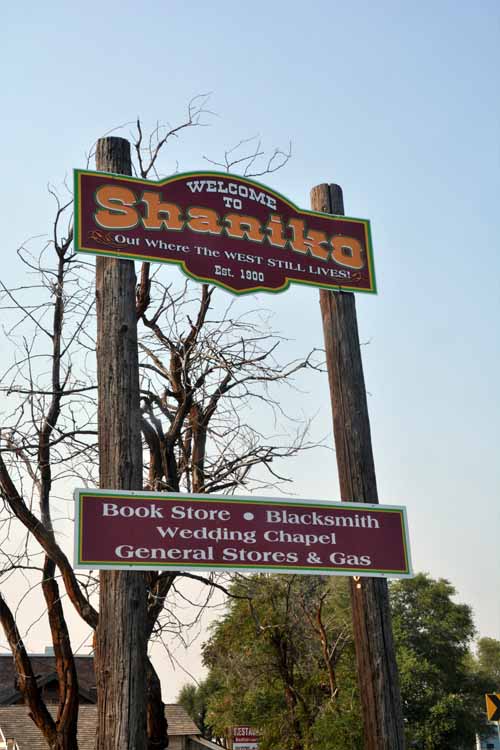
During the middle to late 1800s, a transcontinental railway system was just forming. The Columbia Southern Railway was granted permission to run tracks from Biggs to Shaniko. From 1874-1887, the town was owned by August Scherneckau, which the Indians living in the area at the time could not pronounce. They called him Shaniko, hence the name of the town.
As train tracks continued to be laid in the area as late as 1899, the town continued to grow. By 1903 it was a leader in the wool industry. In 1900, the first train arrived in town.
However, it all came to a halt when it was realized that the tracks couldn't be built any farther than Shaniko because of rough terrain. At around the same time, other tracks were being built in nearby areas that took the rail business in Shaniko away.
At the same time, in 1911, a fire destroyed much of the town. Though some of the 170 residents rebuilt, most gradually began moving away. Train service stopped completely in 1942.
Today, 30 people reside there, and they keep the town going through annual events such as Pioneer Days, Shaniko Days and Wool-gathering Days.
Shaniko has the status of a ghost town still inhabited.

.JPG)

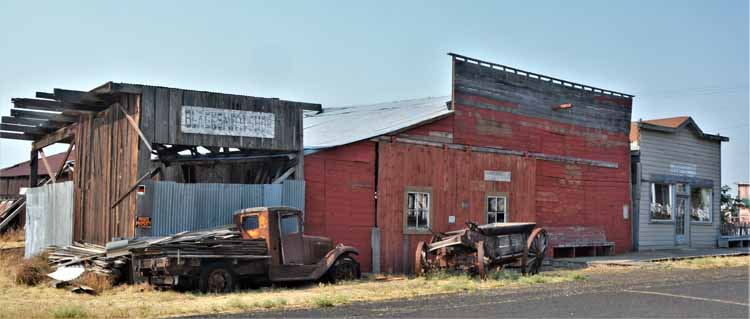
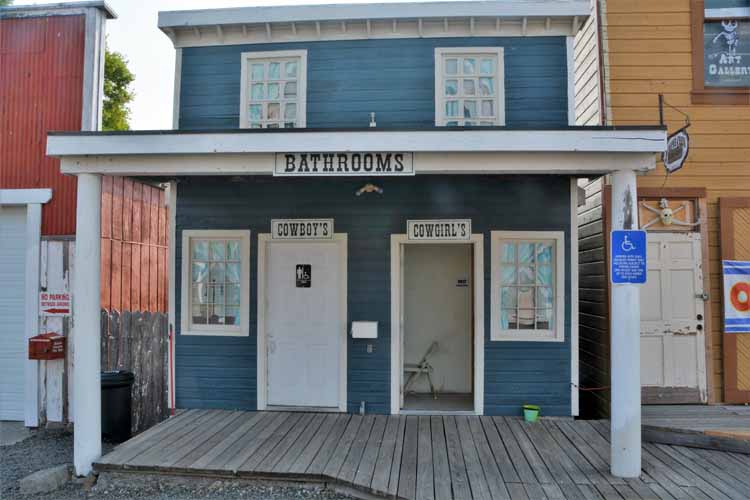
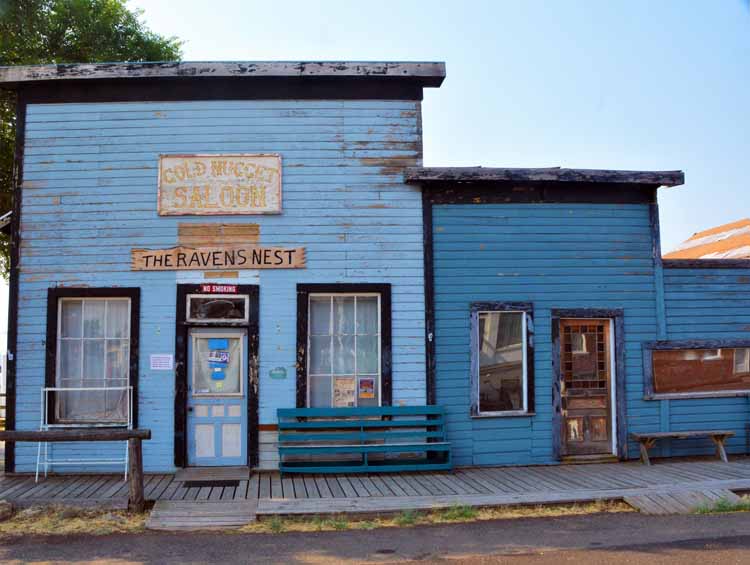
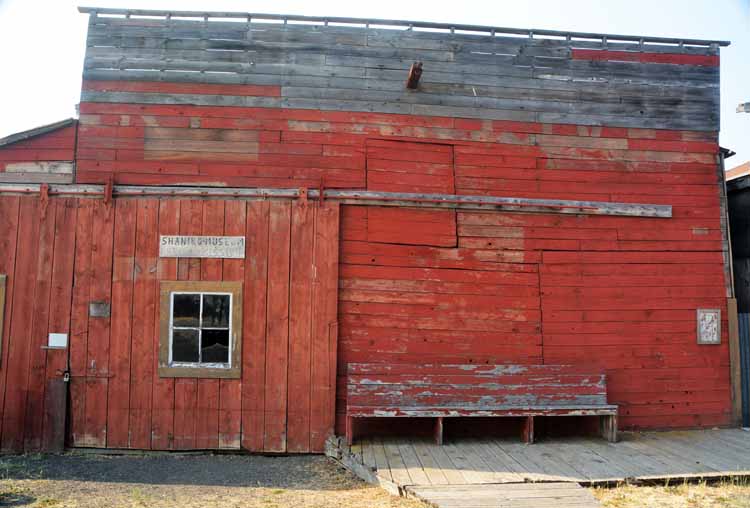
.JPG)
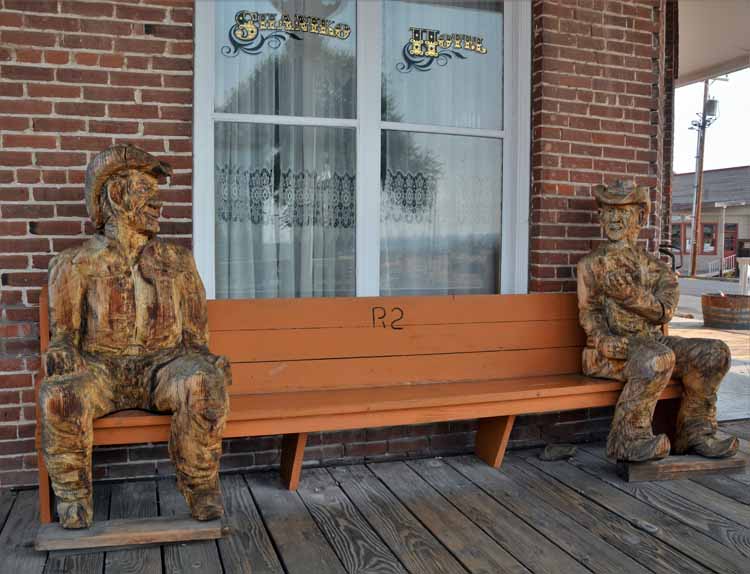
.JPG)
.JPG)
.JPG)
For those wishing to continue on through the additional pages of A summer road trip, please follow the links below.
Next page: Leg 3 - Oregon - around Madras